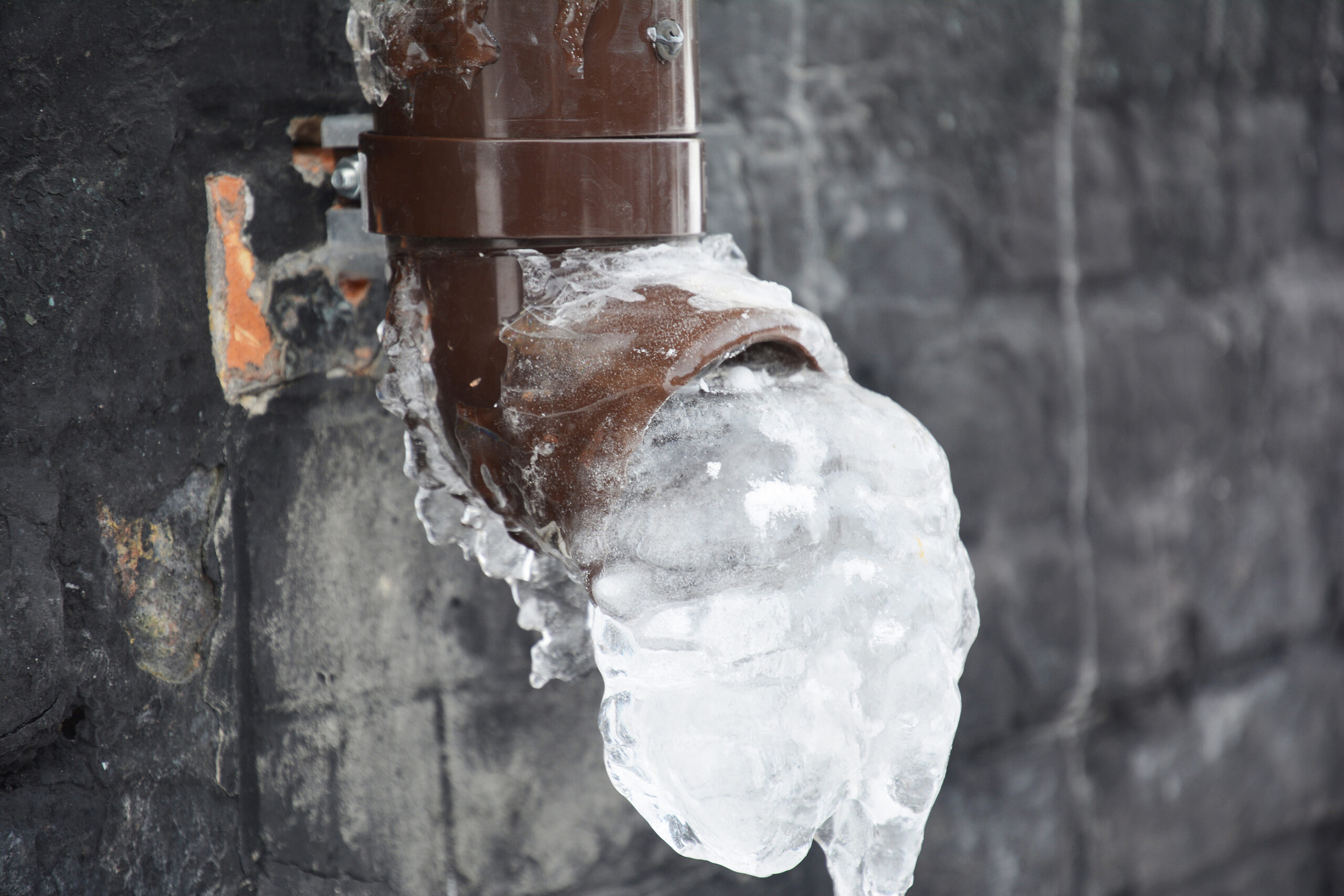Preventing Pipes from Freezing: Best Methods
Preventing Pipes from Freezing: Best Methods
Blog Article
How do you really feel about How to prepare your home plumbing for winter weather?

Cold weather can damage your pipes, especially by freezing pipelines. Here's just how to stop it from taking place and what to do if it does.
Introduction
As temperature levels decline, the threat of icy pipelines increases, potentially bring about expensive repair work and water damage. Comprehending exactly how to stop icy pipes is crucial for home owners in cool climates.
Prevention Tips
Protecting susceptible pipes
Cover pipes in insulation sleeves or use heat tape to shield them from freezing temperatures. Concentrate on pipes in unheated or outside locations of the home.
Home heating techniques
Maintain indoor areas effectively warmed, particularly locations with pipes. Open cupboard doors to allow warm air to circulate around pipes under sinks.
Just how to determine frozen pipelines
Look for reduced water circulation from taps, uncommon smells or sounds from pipes, and noticeable frost on subjected pipes.
Long-Term Solutions
Architectural changes
Consider rerouting pipes away from outside wall surfaces or unheated locations. Add added insulation to attic rooms, cellars, and crawl spaces.
Updating insulation
Purchase top notch insulation for pipelines, attics, and walls. Appropriate insulation helps keep consistent temperature levels and reduces the risk of icy pipelines.
Securing Exterior Plumbing
Yard hoses and outdoor faucets
Detach and drain yard hose pipes prior to winter season. Set up frost-proof spigots or cover exterior faucets with insulated caps.
Understanding Icy Pipes
What causes pipelines to ice up?
Pipes ice up when revealed to temperature levels listed below 32 ° F (0 ° C) for prolonged periods. As water inside the pipes ices up, it broadens, taxing the pipeline walls and possibly creating them to rupture.
Dangers and problems
Icy pipes can bring about water supply disturbances, residential or commercial property damages, and expensive fixings. Burst pipes can flood homes and trigger extensive architectural damage.
Indicators of Frozen Pipeline
Identifying icy pipes early can stop them from breaking.
What to Do If Your Pipelines Freeze
Immediate activities to take
If you presume icy pipelines, maintain taps open up to eliminate pressure as the ice melts. Utilize a hairdryer or towels soaked in warm water to thaw pipelines gradually.
Final thought
Preventing frozen pipelines needs positive procedures and quick feedbacks. By understanding the reasons, signs, and safety nets, homeowners can safeguard their plumbing during winter.
6 Proven Ways to Prevent Frozen Pipes and Protect Your Home
Disconnect and Drain Garden Hoses
Before winter arrives, start by disconnecting your garden hoses and draining any remaining water. Close the shut-off valves that supply outdoor hose bibs and leave the outdoor faucet open to allow any residual water to drain. For extra protection, consider using faucet covers throughout the colder months. It’s also important to drain water from any sprinkler supply lines following the manufacturer’s directions.
Insulate Exposed Pipes
Insulating your pipes is an effective way to prevent freezing. Pipe insulation is readily available at home improvement stores and is relatively inexpensive. Pay close attention to pipes in unheated areas such as the attic, basement, crawl spaces, or garage. Apply foam insulation generously to create a buffer against the cold. You can also wrap your pipes in heat tape or thermostat-controlled heat cables for added warmth.
Seal Air Leaks
Inspect your home for any cracks or openings that could let in cold air. Seal any holes around the piping in interior or exterior walls, as well as the sill plates where your home rests on its foundation. Additionally, make sure to keep your garage door closed unless you’re entering or exiting. Leaving it open creates a significant air leak that can lead to frozen pipes.
Allow Warm Air Circulation
During cold snaps, it’s essential to allow warm air to circulate evenly throughout your home. Leave interior doors ajar to promote better airflow. Open kitchen and bathroom cabinets to help distribute heat consistently around the rooms. If you have small children or pets, be sure to remove any household chemicals or potentially harmful cleaners from open cabinets for safety.
Let Faucets Drip
A small trickle of water can make a big difference in preventing ice formation inside your pipes. When temperatures drop significantly, start a drip of water from all faucets served by exposed pipes. This continuous flow helps prevent the water from freezing. Additionally, running a few faucets slightly can relieve pressure inside the pipes, reducing the chances of a rupture if the water inside does freeze.
https://choateshvac.com/6-proven-ways-to-prevent-frozen-pipes-and-protect-your-home/

I am just very fascinated by How to Prevent Your Pipes From Freezing and I'm hoping you enjoyed our blog post. If you please set aside a second to promote this entry if you appreciated it. Thanks a lot for your time invested reading it.
Click Here To Read More Report this page